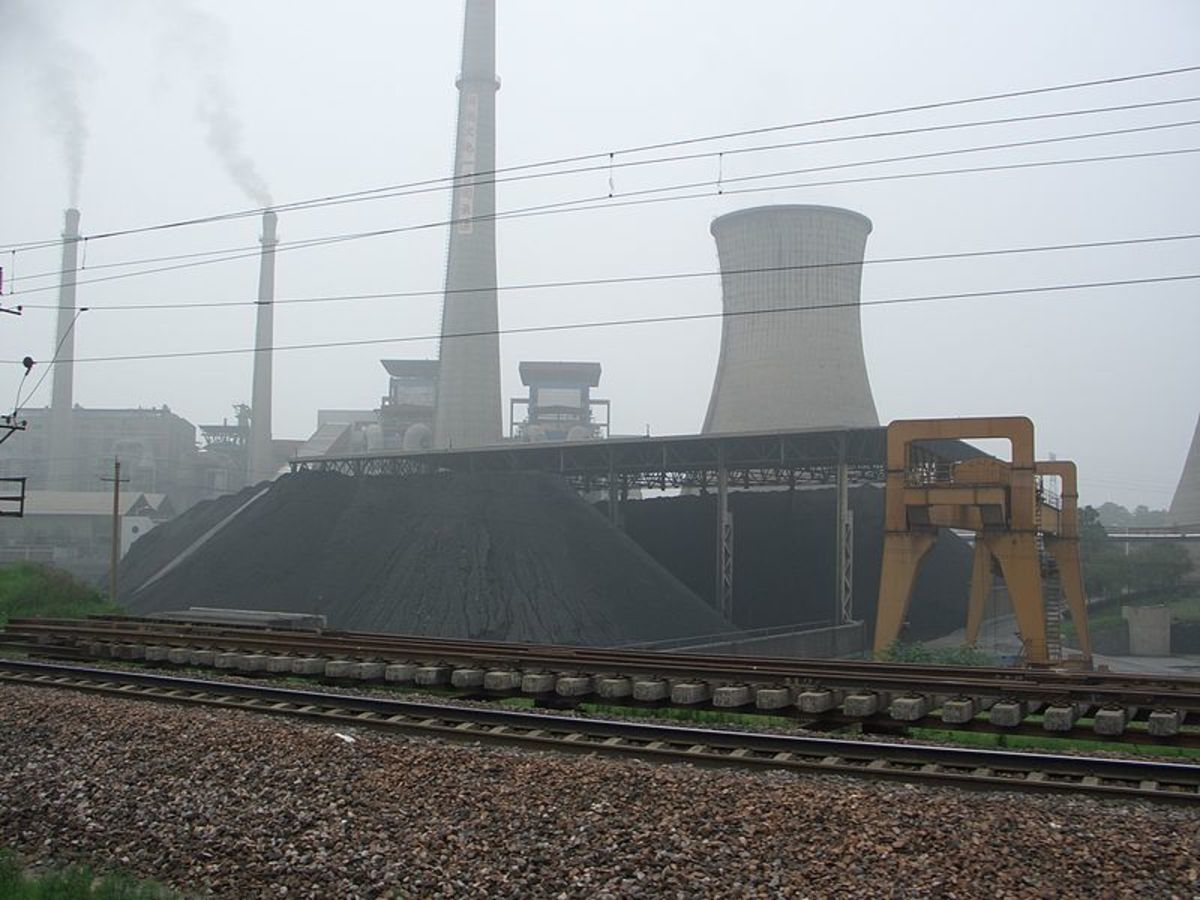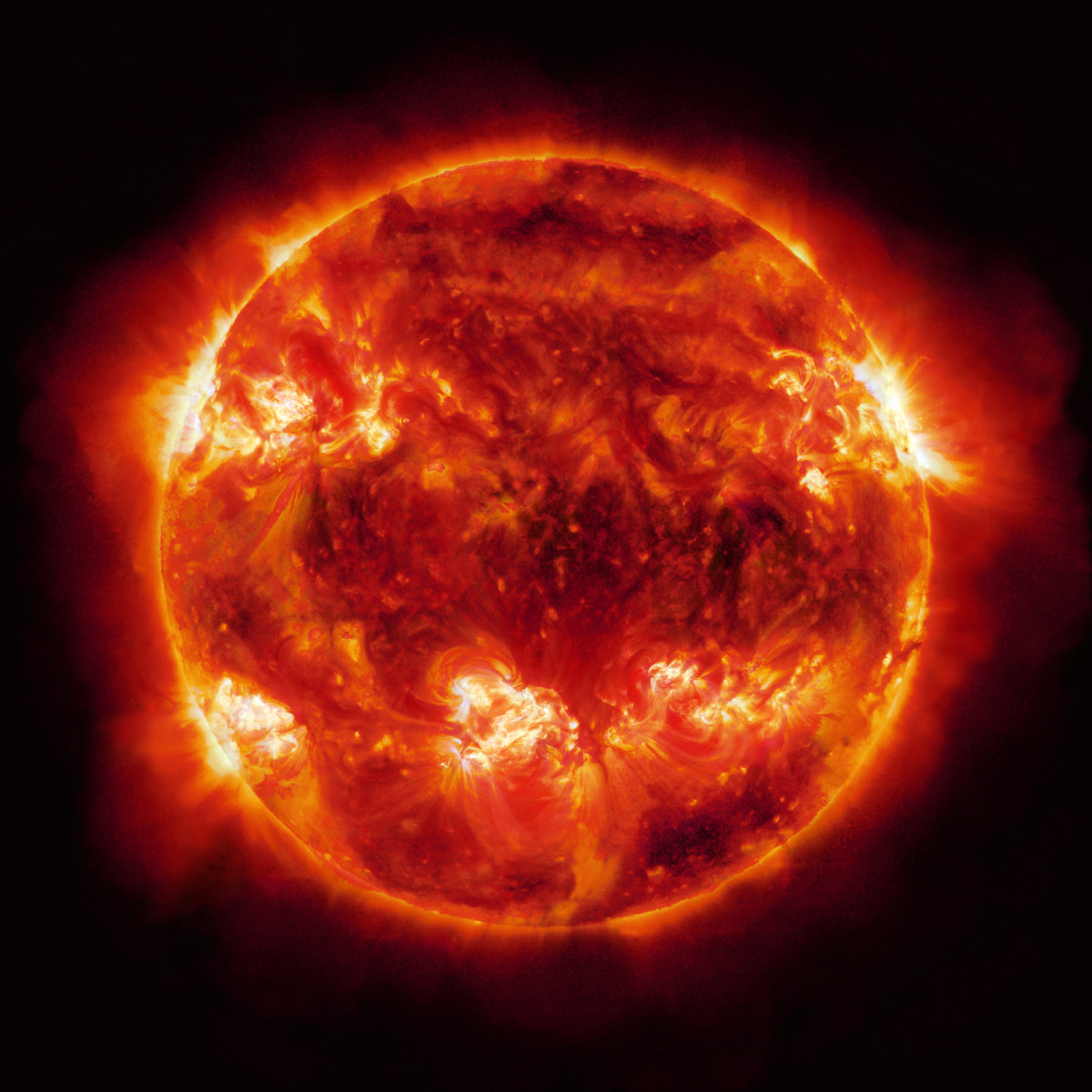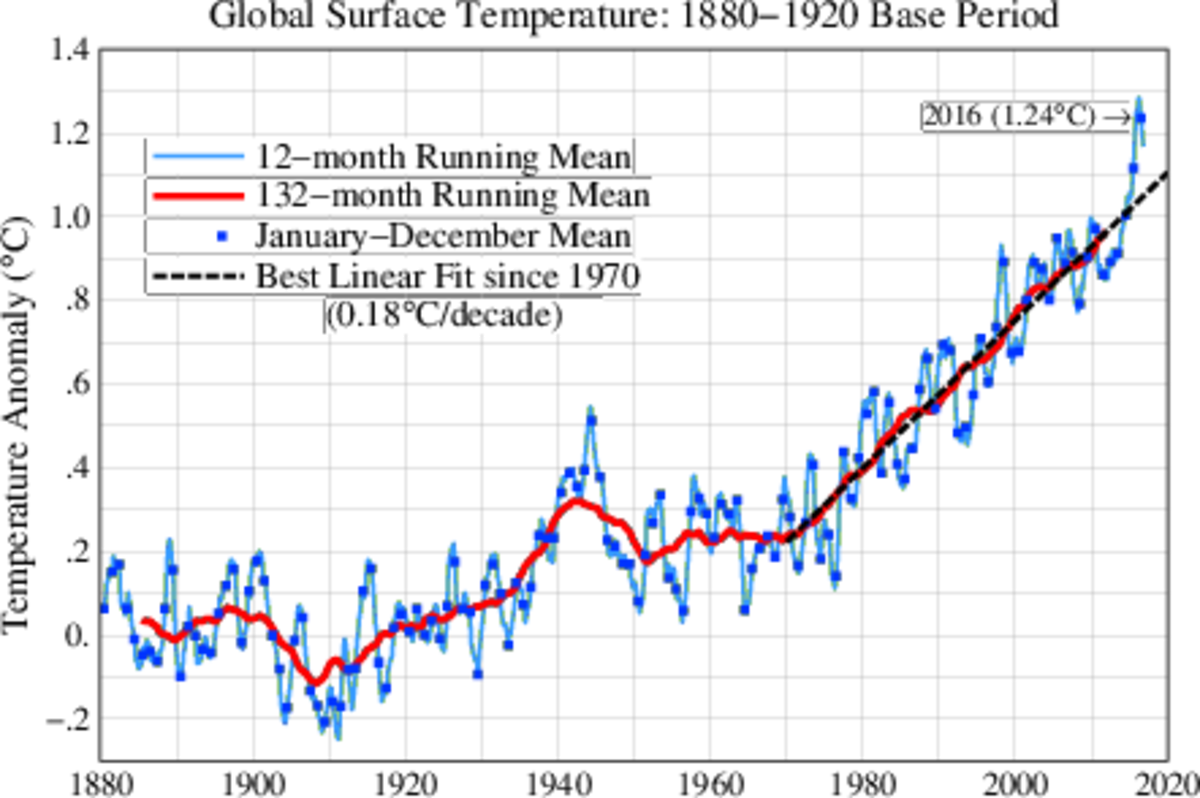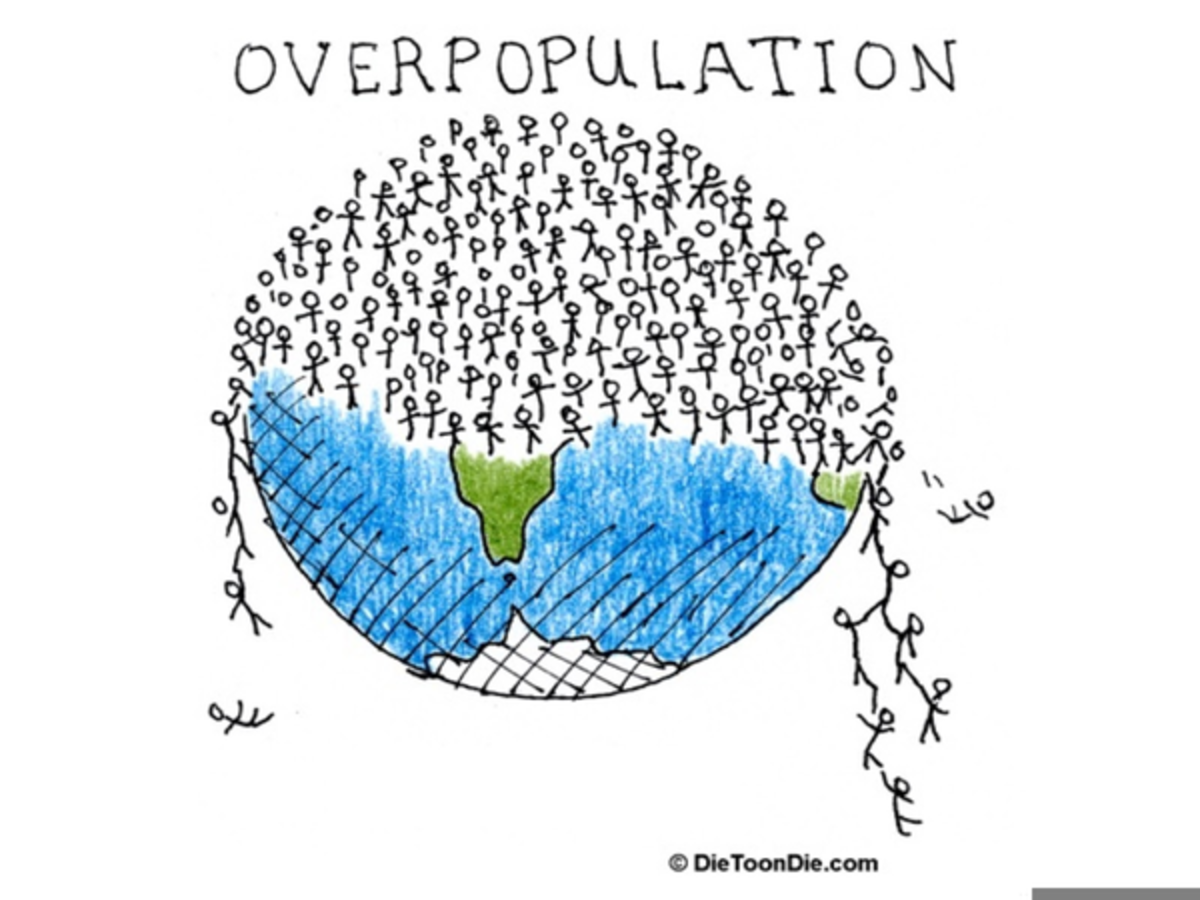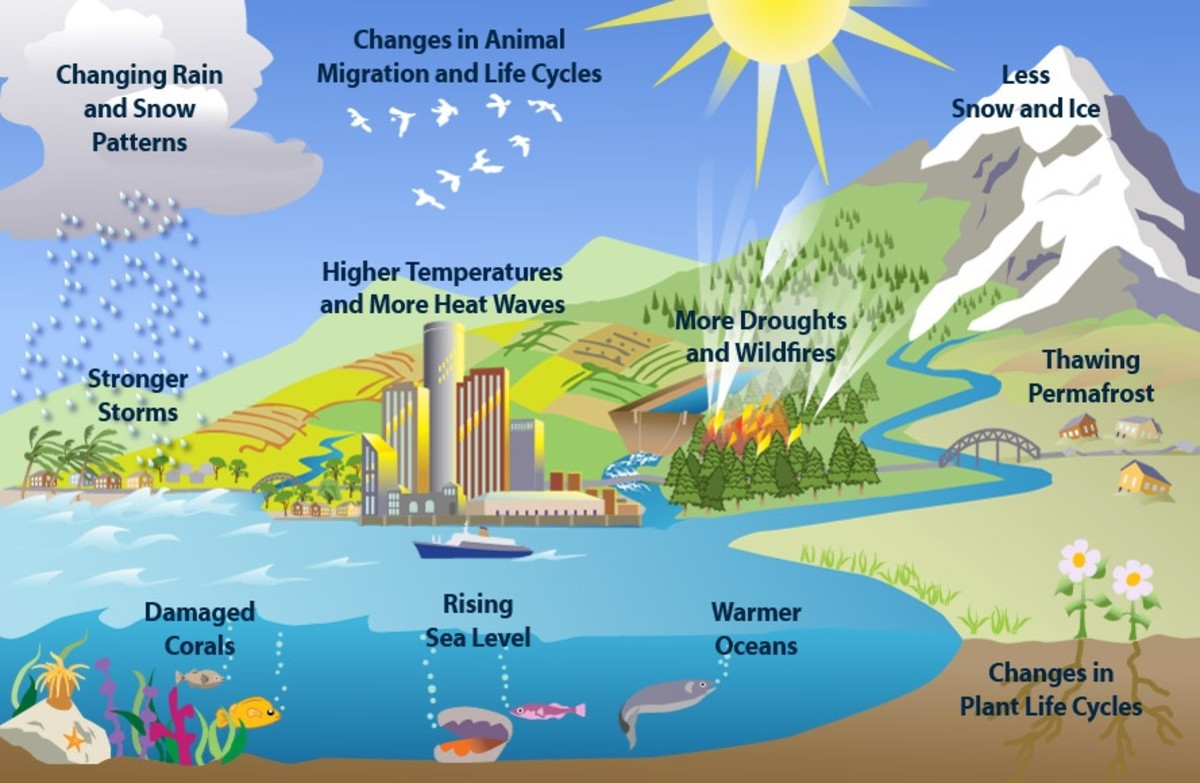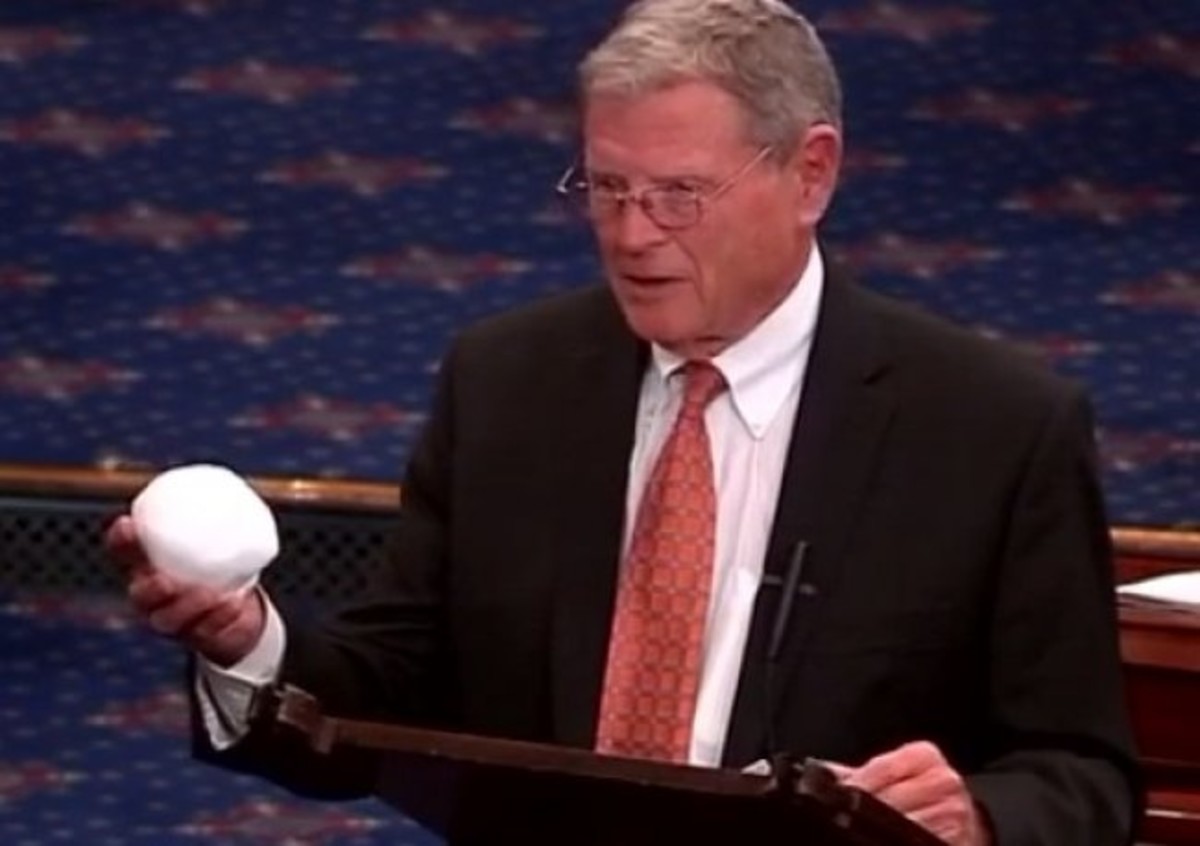How do you Know What Your Carbon Footprint Is?
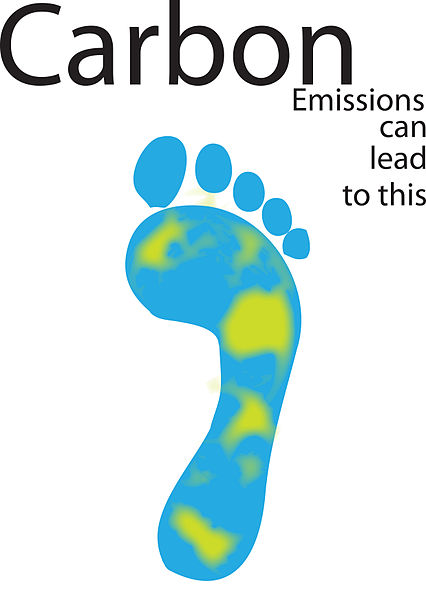
68% Percent of Businesses Don't Know What a "Carbon Footprint" Is
We've all been hearing alot about our "carbon footprint" this last year or so - but many of us are wondering "what exactly is a carbon footprint?". Is it some sort of print we make with our foot after sticking it on carbon paper or is it some sort of track we leave in carbon as we walk around the earth? Is there some type of Carbon Advice Group that we can ask these things of?
We are not alone in not understanding exactly what a Carbon Footprint means. A recent poll of businesses found that 68% of businesses did not even know what a carbon footprint is. So my goal here is to help you understand in simple terms exactly what a carbon footprint means and also to help you understand how you can even reduce that carbon footprint through understanding another widely misunderstood word - Carbon Offsets.
Wiki's Description of a Carbon Footprint
From Wikipedia, the free encyclopedia
"A carbon footprint is “the total set of GHG (greenhouse gas) emissions caused directly and indirectly by an individual, organisation, event or product” (UK Carbon Trust 2008). An individual, nation or organization's carbon footprint is measured by undertaking a GHG emissions assessment. Once the size of a carbon footprint is known, a strategy can be devised to reduce it.
Carbon offsets, or the mitigation of carbon emissions through the development of alternative projects such as solar or wind energy or reforestation, represent one way of managing a carbon footprint.
The concept and name of the carbon footprint originates from the ecological footprint discussion.[1]The carbon footprint is a subset of the ecological footprint."
OK - so if you answered my original question by thinking that a "carbon footprint" is something we leave behind that is like a print - you were correct! Each and every one us on Earth will leave behind some type of a carbon footprint, sort of like an "individual earth legacy" - only this legacy will be the question of how much environmental damage did we leave behind to our kids, grand kids and their kids ? Did we drive gas guzzlers that put more pollution into the air? Did we think about recycling all the paper, plastics, glass and bottles that we could? Did we consider changing traditional light-bulbs in our homes and businesses and use more energy efficient light-bulbs? Did we think about using solar and wind energy versus more traditional methods? All these factors and more will be what goes into that "carbon footprint" that we will leave behind us as our own individual "earth legacy".
Putting that into retrospect, maybe it's time to start looking at what that "legacy" might be and how can we leave as little damage as possible to the planet that we reside on? How can we be better stewards of our Earth and leave a cleaner and more habitable place for the generations to come?
What Kind of a Carbon Footprint Are We Making?
One of the ways we can start checking the state of our carbon footprint is by first analyzing what kind of a "footprint" are we currently making. If we run a business what type of footprint is that business making? It is only by first knowing what mistakes we are making that we can then begin to rectify the "heavier" print by making changes to our consumption and make our carbon footprint "lighter".
Imagine it like walking through a series of landmines - you know there are landmines, you can see them in the distance, but you first have to know how to navigate those landmines before stepping out into the field. You would want to know as much about those landmines that you possibly could. You would definitely want to step "lightly" and make as little imprint on the ground as possible. You would also want to know as much as possible about how to "disarm" those landmines! Maybe not quite the analogy of a "carbon footprint" but close enough to understand. Our Earth, as it stands right now, is full of landmines, that are growing every day - those landmines are the effects that climate change is having on our Earth - increased hurricanes, floods and fires among a host of other things that are happening at an accelerated rate because of the heavy carbon footprint we humans are leaving here on Earth.
Find Out What Your Carbon Footprint Is

Calculate – Avoid – Reduce – Offset
So now that we understand that each one of us here on earth has a "carbon footprint"- now it's time for us to see exactly how "deep" that imprint is - by first calculating our energy usage at The Carbon Advice Group.
(The Carbon Advice Group provides individuals, organisations and businesses a much-needed ability to accurately measure the size of their carbon footprint, deliver methods to reduce it as much as possible and then provide a simple, reliable, high quality mechanism to offset the carbon footprint that was left.)
After calculating our usage we can then begin to understand how we can make changes to make a less damaging and lighter footprint through things we can change on a daily basis ( every little bit helps - and if we all did even a little bit, imagine how much that little bit would add up to )
So our goal in making a lighter carbon footprint should be to "AVOID" contributing unnecessary damage to the Earth and also to "REDUCE" the amount of environmental damage we leave by making the necessary lifestyle, business and product changes in our life.
Can You "Offset" Your Carbon Footprint?
You may have heard another buzz word that is beginning to gain momentum: Carbon"Offsets"or Carbon "Offsetting". You may ask - just exactly what does that mean and how can I offset my Carbon Footprint?
Well to put carbon offsetting in a nutshell, it basically means that after you calculate your own carbon footprint - and avoid and reduce your own footprint by making necessary changes in your own life and business - you can also further "offset" your carbon footprint by investing in carbon credits that help groundbreaking projects around the world reduce greenhouse gases and emissions of carbon dioxide. What types of projects are these?
Renewable Energy including solar, hydro and wind as well as biomass and re-use of products like biogas.
Resource Conservation including energy efficiency, methane recovery and low carbon fuel switches.
Waste reduction including methane flaring to reduce the potency of the gas (methane is a highly toxic gas which sits beneath tons of Siberian Permafrost)
Reforestation projects with long term goals in our forests which can make a real contribution to local communities and the overall health of our planet.
These are just some of the projects we can invest in to help our planet heal. Although starting late because climate change has already begun to have a huge impact on our globe, it is never too late to make changes and help begin to restore our planets health - and leave our children and grandchildren a healthier planet to live on. Without these changes, we will be leaving behind a uninhabitable planet - and that is something none of us want to do. We would not want our legacy to be one of disregard for the very planet that we and our families call home.
(Dorsi Diaz is a freelance writer and former small business owner)
Poll On Carbon Footprints and Carbon Offsets
After reading the article, do you have a better understanding of what a "carbon footprint" and "carbon offsetting"means?
What is a Carbon Offset?
- Carbon offset - Wikipedia, the free encyclopedia
A carbon offset is a financial instrument representing a reduction in greenhouse gas emissions. Although there are six primary categories of greenhouse gases,[1] carbon offsets are measured in metric tons of carbon dioxide-equivalent (CO2e). One carb

